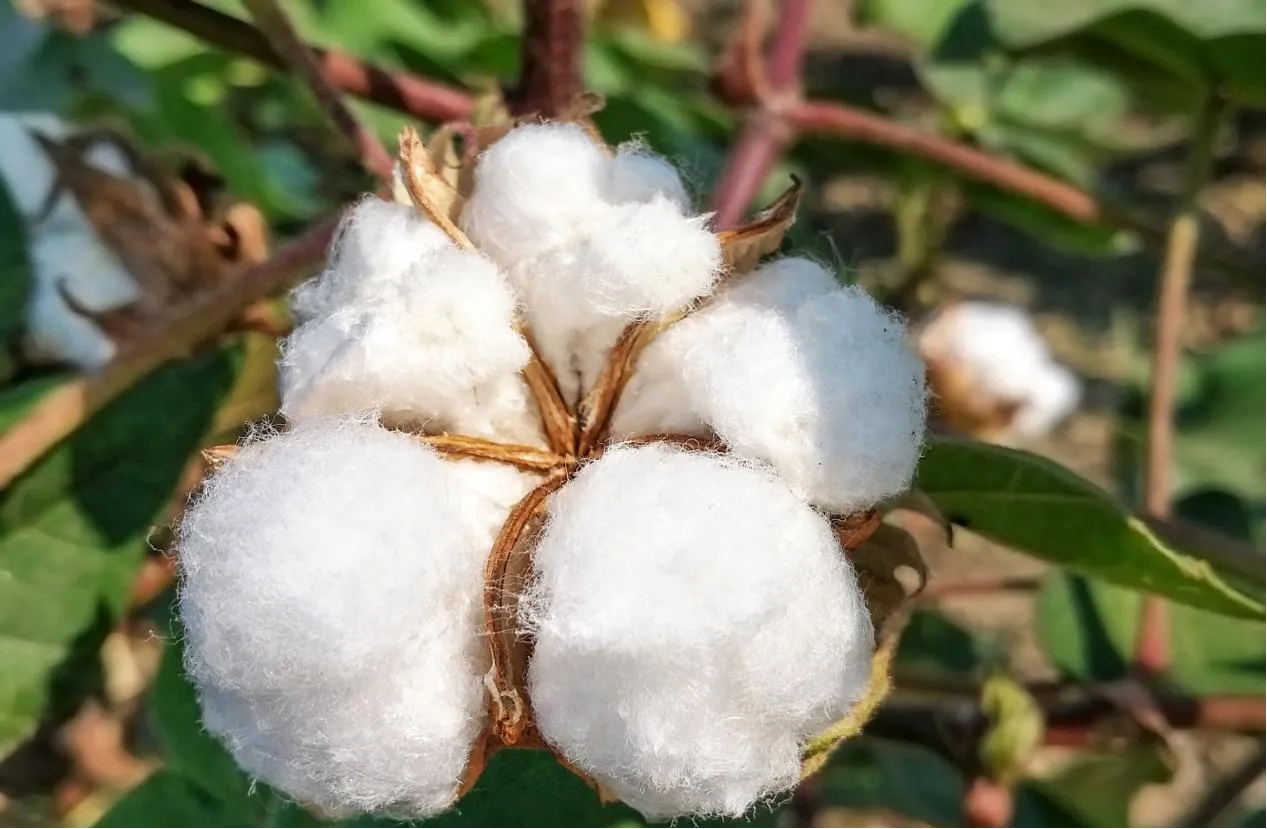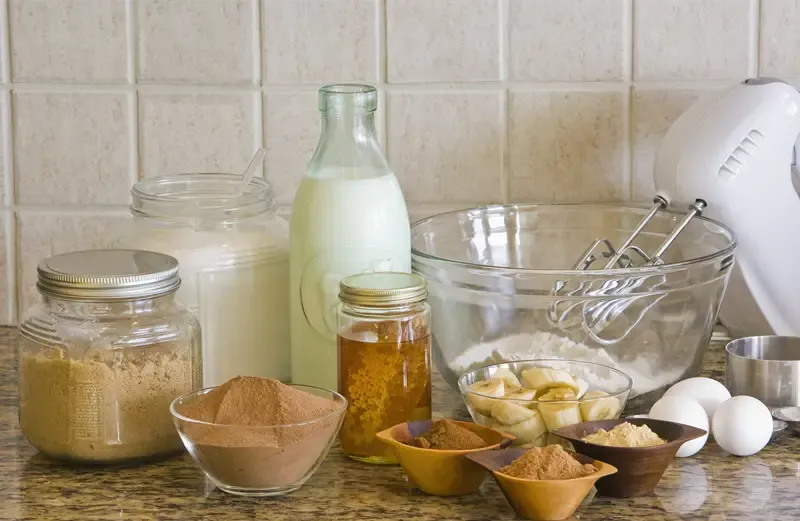
Unlocking the Power of Cellulose: Types, Applications, and Future Innovations
As a naturally abundant, renewable, and biodegradable polymer, cellulose has become a cornerstone of sustainable innovation across industries. Derived primarily from plant cell walls, this organic compound offers remarkable versatility—transforming into textiles, food additives, pharmaceuticals, and advanced nanomaterials. In this article, we’ll explore the different types of cellulose, including ethyl cellulose, hydroxymethyl cellulose، و cellulose fiber, with a closer look at applications in cellulose packaging, food, and emerging technologies like cellulose nanoparticles.

Understanding the Different Types of Cellulose
Cellulose is not a one-size-fits-all material. Through chemical modification and purification, scientists have created various types of cellulose to meet specific industrial needs:
Ethyl Cellulose and Hydroxymethyl Cellulose
Ethyl cellulose is an organosoluble cellulose ether formed by reacting cellulose with ethyl chloride. Its water-insolubility and film-forming properties make it ideal for coatings in pharmaceuticals, food-grade films, and cosmetics. In drug delivery, ethyl cellulose is often used as a matrix for controlled-release tablets.
Hydroxymethyl cellulose, another cellulose ether, is water-soluble and commonly used as a thickening, emulsifying, and stabilizing agent. It finds applications in personal care products, paints, and detergents.
These different types of cellulose are tailored based on their solubility, viscosity, and compatibility with other compounds, making them suitable for a range of products from toothpaste to pharmaceuticals.
Hydroxypropyl Methyl Cellulose
Among the most widely used cellulose derivatives is hydroxypropyl methyl cellulose (HPMC). It’s known for its thickening, gelling, and stabilizing properties. Hydroxypropyl methyl cellulose manufacturers cater to industries like food processing, pharmaceuticals, and construction (especially in cement and gypsum-based formulations). HPMC offers excellent film-forming and moisture-retention abilities, contributing to its widespread use.

Cellulose in Packaging, Textiles, and Food
Cellulose Packaging: Eco-Friendly and Biodegradable
Plastic pollution is prompting industries to explore sustainable alternatives, and cellulose packaging stands out. Derived from wood pulp, cellulose films are transparent, compostable, and safe for food contact. These packaging materials degrade naturally, offering an excellent solution for eco-conscious brands.
Cellulose packaging is widely used in wrapping food products, cosmetics, and even electronics, combining strength, flexibility, and oxygen barrier properties.
Cellulose Fiber and Cellulose Fiber Cotton
Cellulose fiber refers to both natural fibers (like cotton and flax) and regenerated fibers (like viscose and lyocell). Cellulose fiber cotton, in particular, is prized for its breathability, softness, and biodegradability. These fibers are staples in textile manufacturing due to their comfort and moisture-wicking capabilities.
Fiber from cellulose can be processed into various forms such as rayon, modal, and Tencel—materials that are revolutionizing the fashion industry for their sustainability. Fiber made from cellulose also finds use in composites, filters, and insulation materials.
Cellulose in Food: Thickening and Stabilization
In food science, cellulose derivatives act as safe additives that enhance texture, stability, and shelf life. Carboxymethyl cellulose in food is a prime example. It acts as a thickener and emulsifier in products like ice cream, sauces, and bakery items. It prevents ice crystal formation and improves mouthfeel without altering flavor.
Cellulose fiber food refers to added dietary fiber sourced from cellulose. It boosts fiber content in processed foods like bread, cereals, and nutritional supplements. Being non-digestible, it aids digestion and supports weight management by increasing satiety.
Cellulose as a Material of the Future
Cellulose is evolving from a humble plant component to a high-performance material for the future. From hydroxypropyl methyl cellulose manufacturers catering to global pharmaceutical firms, to the adoption of cellulose nanoparticles in high-tech industries, the scope of application continues to grow.
As consumers and industries prioritize sustainability, cellulose fiber, cellulose packaging، و fiber made from cellulose are taking center stage in solving modern challenges. With ongoing innovation in areas like cellulose fiber food, nanocellulose, and biodegradable materials, cellulose offers a promising path toward a more circular economy.
FAQs on Cellulose and Its Industrial Uses
1. What Are the Different Types of Cellulose and Their Uses?
There are many different types of cellulose including ethyl cellulose, hydroxymethyl cellulose، و hydroxypropyl methyl cellulose. These derivatives serve various purposes, such as thickening, film forming, and stabilizing in food, pharma, and industrial applications.
2. How Is Ethyl Cellulose Used in Pharmaceuticals?
Ethyl cellulose is used in pharmaceutical coatings to control the release of active ingredients. It also plays a role in food-grade films, cosmetics, and industrial adhesives due to its insolubility in water.
3. What Is Cellulose Packaging and Why Is It Eco-Friendly?
Cellulose packaging is a biodegradable, compostable material made from wood pulp. It replaces petroleum-based plastics in food wrap and consumer packaging, offering sustainability without compromising functionality.
4. What Are Cellulose Fibers and Their Advantages?
Cellulose fiber can be natural (e.g., cellulose fiber cotton) or regenerated (e.g., rayon). These fibers are breathable, absorbent, and biodegradable, making them ideal for textiles, hygiene products, and eco-packaging.
5. What Is the Role of Carboxymethyl Cellulose in Food?
Carboxymethyl cellulose in food acts as a thickener, stabilizer, and emulsifier. It improves texture and shelf life in ice cream, sauces, and baked goods, and is considered safe and non-allergenic.
-
Hydroxypropyl Starch as a Sustainable Construction AdditiveاخبارNov.24,2025
-
The Gelation Properties of CMCاخبارNov.21,2025
-
Redispersible Latex Powder and Water Retention CapacityاخبارNov.21,2025
-
Dosage Control for Polycarboxylate Water ReducerاخبارNov.21,2025
-
Film-Forming Properties of Polyvinyl AlcoholاخبارNov.21,2025
-
The Function of Gypsum Additives in MortarاخبارNov.21,2025





















